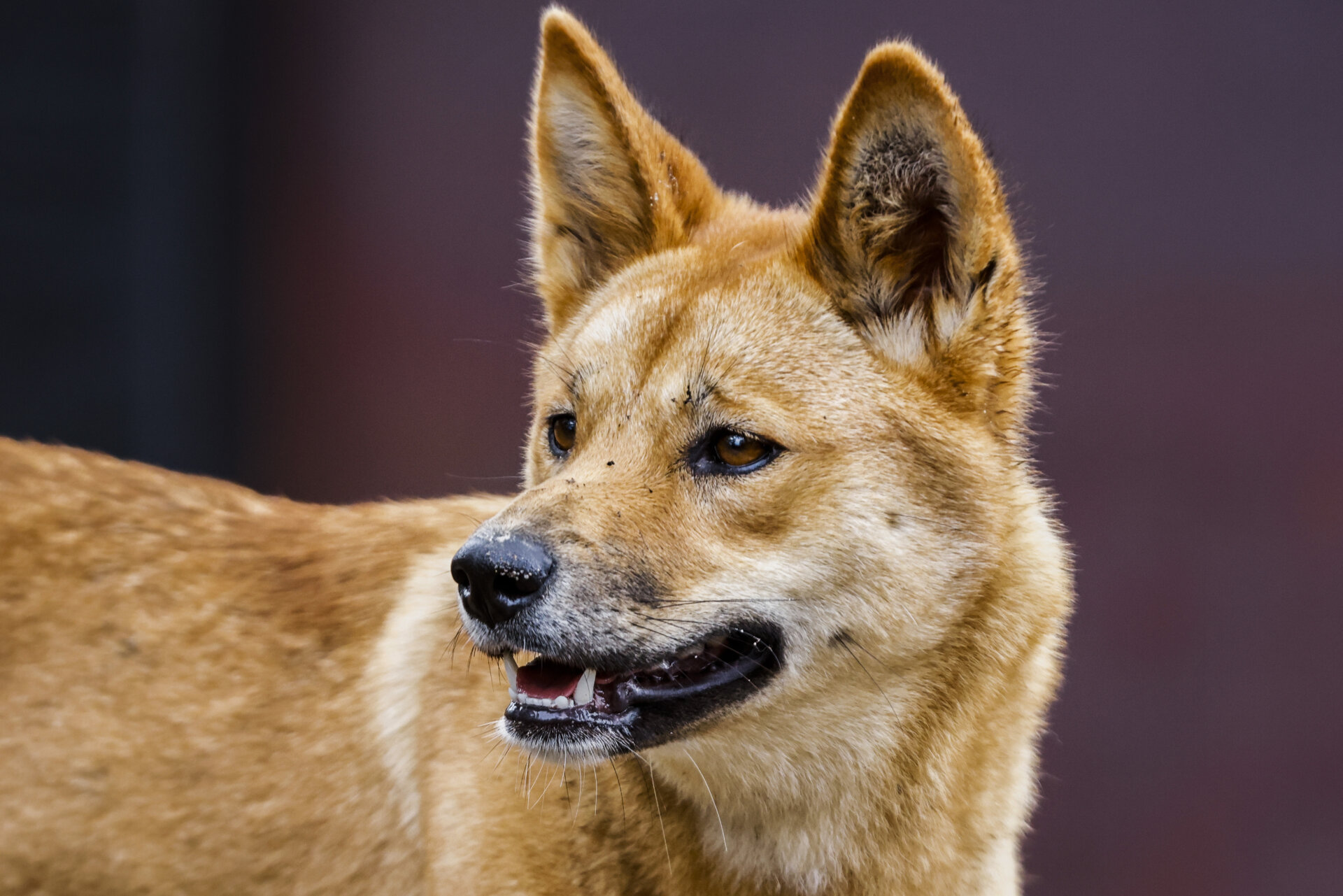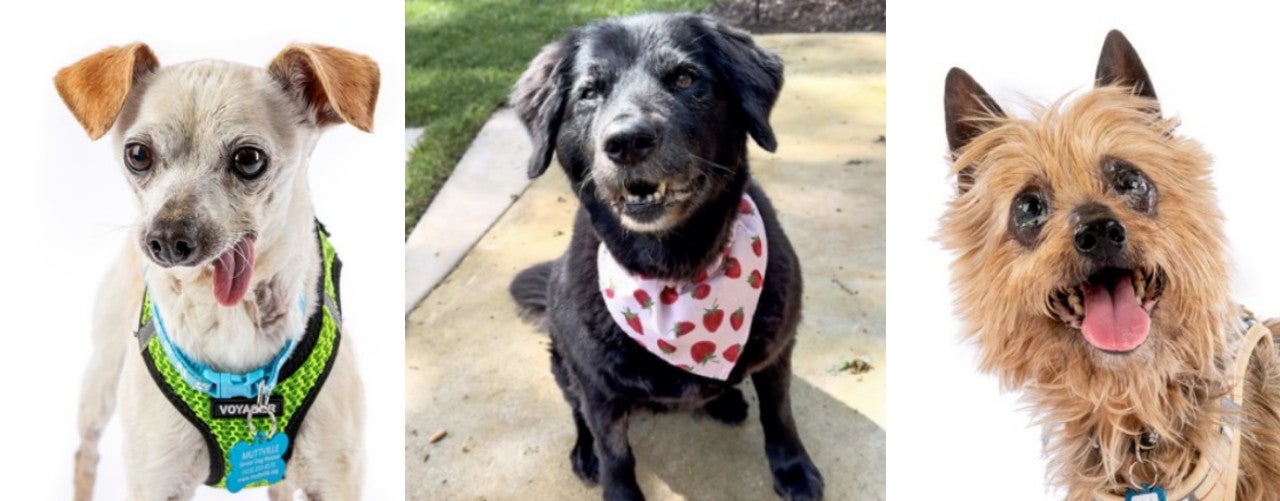New research shows that Australia’s dingoes and modern day dogs have less in common with each other than once presumed. Researchers studied the ancient DNA remains of dingoes around the continent and found little evidence of interbreeding between the two lineages of canine.
Dingoes are one of Australia’s most well-known wild denizens. But there’s been some debate over where these animals fall along the canine branch of life. They’re thought to have originated from a group of domesticated dogs that were brought over to the continent over 3,000 years ago, but it’s been unclear whether more recent populations of dingoes have continued to mingle with dogs.
The new research was led by scientists from the Queensland University Of Technology. They were able to analyze samples of dingo DNA collected from sites throughout Australia, with the oldest specimens dating as far back as 2,746 years ago—notably before the arrival of other dog breeds to the area.
There are two major groups of dingoes today living in the eastern and western halves of Australia. These populations were largely thought to have formed in response to human intervention, particularly a large-scale and still-existing dingo fence first raised in the early 20th century to keep livestock in southeast Australia safe from dingo predation.
But the scientists found that the genetic distinction between eastern and western dingoes predates the fence or other kinds of post-colonial human activity. Modern dingoes also appear to be very genetically similar to their ancestors, with little intermixing between them and domestic dogs today. A subgroup of dingoes living on the island of K’gari was even found to have no signs of recent ancestry from domesticated dogs at all.
The team’s findings, published Monday in the journal PNAS, still leave open several scenarios for how exactly dingoes became an established part of the continent. One possibility highlighted by the researchers is that there were at least two waves of ancient dingo migration to the western and eastern halves of Australia. Some of the eastern dingoes may have also interbred with, or come from populations of, New Guinea singing dogs, another ancient lineage of dog native to New Guinea that are close cousins of the dingo.
By illuminating their genetic past, the researchers hope their work can help inform dingo conservation efforts. While dingoes can be dangerous to livestock, they also play an important role in their environment, often serving as the apex predator in most of Australia’s wildlands.
“Understanding their historical population structure helps us preserve the dingo’s role in Australian ecology and culture,” said co-lead author Sally Wasef, a paleogeneticist at QUT’s School of Biomedical Sciences, in a statement from the university. “Dingoes are currently under threat from lethal culling programs, and our research highlights the importance of protecting populations in national parks and beyond.”














